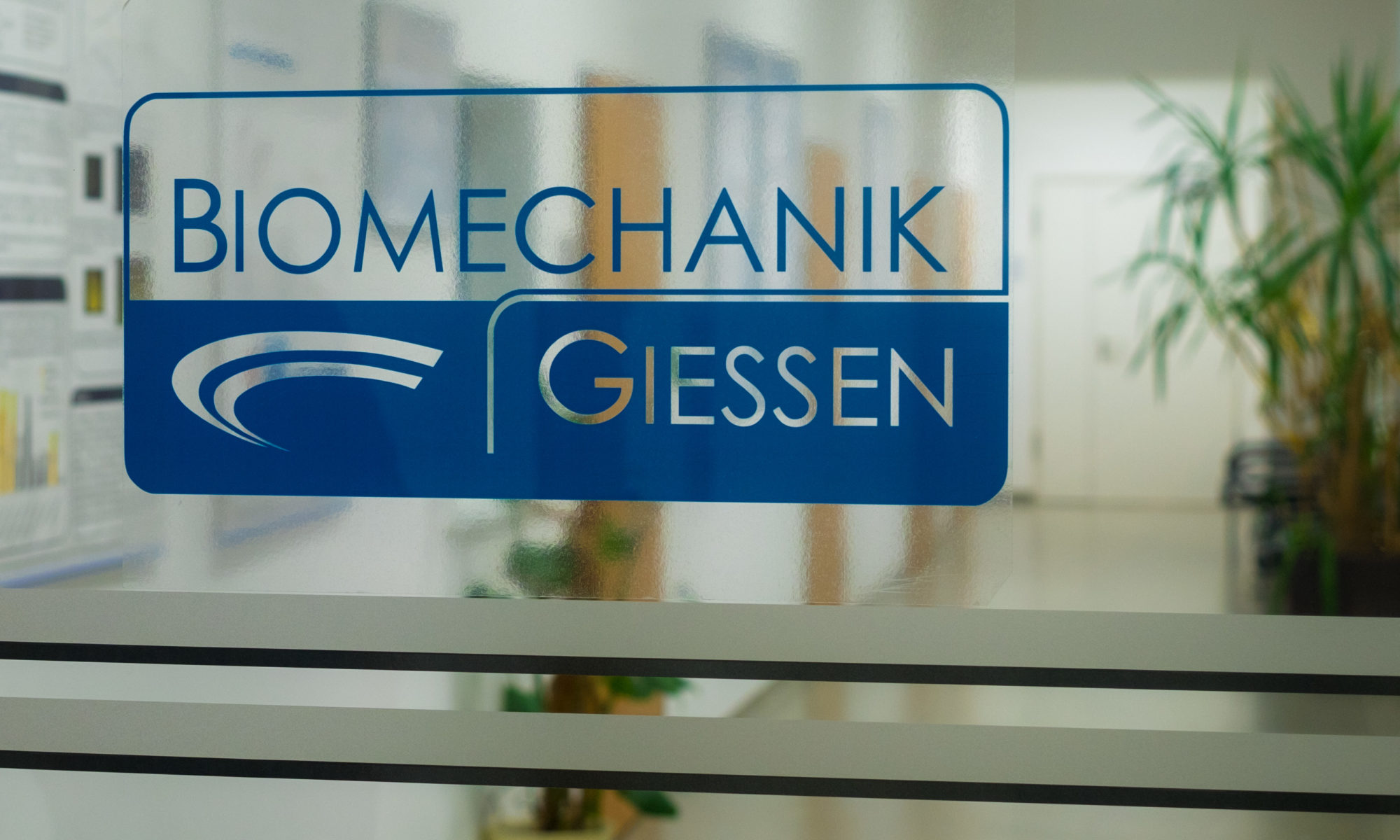[Influence of thermodisinfection on impaction of cancellous bone : An in vitro model of femoral impaction bone grafting]
Fölsch C 1, Jahnke A 2, Groß A 2, Martels G 3, Krombach GA 3, Rickert M 4, Kampschulte M 3
Orthopade. 2018 Jan;47(1):39-51. doi: 10.1007/s00132-017-3509-0 . Review. German.
PMID: 29238859
- Klinik und Poliklinik für Orthopädie und Orthopädische Chirurgie, Justus-Liebig-Universität Gießen, Klinikstraße 33, 35392, Gießen, Deutschland. christian.foelsch@ortho.med.uni-giessen.de.
- Klinik und Poliklinik für Orthopädie und Orthopädische Chirurgie, Labor für Biomechanik, Justus-Liebig-Universität Gießen, Gießen, Deutschland.
- Klinik für Diagnostische und Interventionelle Radiologie, Labor für Experimentelle Radiologie, Justus-Liebig-Universität Gießen, Gießen, Deutschland.
- Klinik und Poliklinik für Orthopädie und Orthopädische Chirurgie, Justus-Liebig-Universität Gießen, Klinikstraße 33, 35392, Gießen, Deutschland.
BACKGROUND:
The reconstruction of bony defects during endoprosthesis revision surgery using „impaction bone grafting“ leads to the possibility of a longstanding osseous integration to achieve good clinical results. Native allogeneic cancellous bone is often used for the procedure. This study examines the influence of thermodisinfection on the impaction behaviour of cancellous bone of different geometries and on the cement distribution.
METHODS:
The cancellous bone was obtained from the femoral heads of 7‑month old pigs. One half of the head was thermodisinfected while the other remained native. Bone chips with sizes of 3-5, 5-8 and 8-10 mm were produced. The impaction was performed in a cylinder model with an internal diameter of 30 mm and with standardized impaction force using an impactor with a weight of 1450 g. The best particle combination was used for the subsequent computer tomography examination of the cement distribution and the contact surface to the bone in different parts of the shaft in seven investigations. For statistic measurements two-dimensional variance analysis including repetitions of measurement and Bonferroni correction, the LSD post-hoc-zest and the Mann Whitney U Test were used. The error probability was set at α = 5%. The SPSS® for Windows software was used for the statistical analysis.
RESULTS:
The distribution of the cancellous and compacted bone also along the shaft revealed no significant difference between thermodisinfected and native cancellous bone at different levels (p > 0.05). Impacted native cancellous bone showed less inclusion of air, which resulted in a better distribution of density compared with thermodisinfected bone overall (p < 0.001). In the distal shaft area the cement volume was significantly larger in conjunction with the native bone. The overall area of cement penetration appeared to be significantly larger for native cancellous bone (p < 0.001).
CONCLUSIONS:
The impaction of thermodisinfected and native cancellous bone showed greater deformation of the processed bone without any significant difference in the maximum density reached at different levels. Cement volume and cement penetration were pronounced proximally in native and processed cancellous bone. The cement distribution was significantly more distal for the native bone. Distally, the stabilization of the shaft appears to be increasingly dependent on the density of the impacted spongiosa, while proximally, the penetration of the cement into cancellous bone seems to correlate with porosity.
KEYWORDS:
Cementation; Experimental animal models; Porosity; Spongy bone; Transplantation, bone
PMID: 29238859
DOI: 10.1007/s00132-017-3509-0
